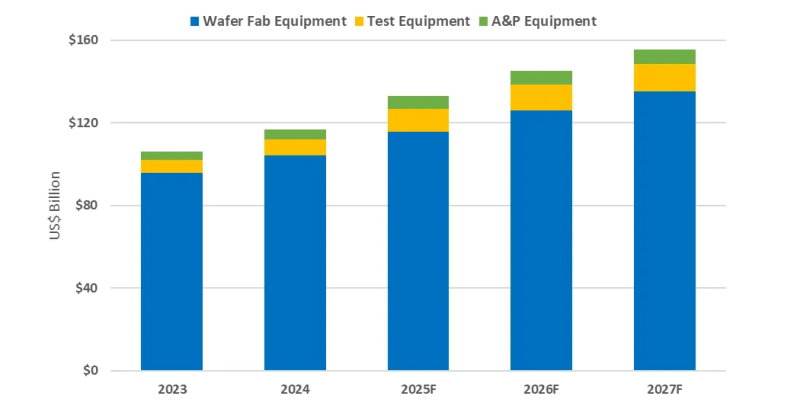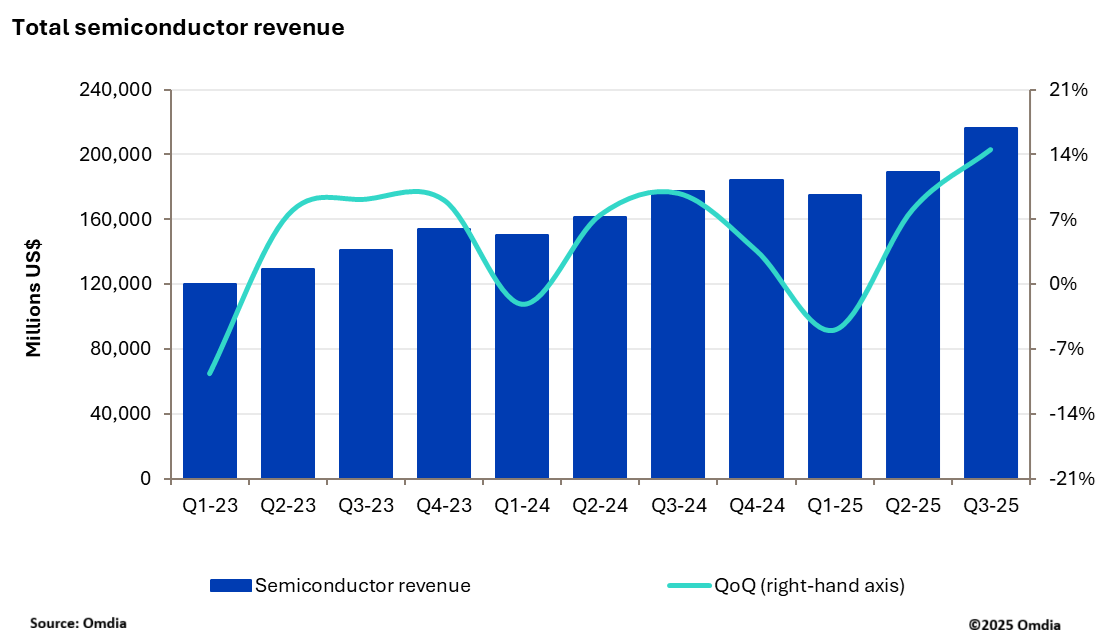The RAN market is headed down, says Dell’Oro.
Following the >40% rise between 2017 and 2021, RAN revenues stabilised in 2022, and are on target to decline sharply in 2023.
Market conditions are expected to remain challenging in 2024 as the Indian RAN market pulls back, though the pace of the global decline this year and for the remainder of the forecast period should be more moderate.
“MBB (Mobile Broadband)-based investments are now slowing and the upside with new growth areas including FWA and private wireless is still too small to change the trajectory,” says Dell’Oro vp Stefan Pongratz, “also weighing on the MBB market is the fact that the upper mid-band capacity boost is rather significant relative to current data traffic growth rates in some markets, which could impact the timing for capacity upgrades.”.
Worldwide RAN revenues are projected to decline at a 1% CAGR over the next five years.
AsiaPac is expected to lead the decline, while easier comparisons following steep contractions in 2023 will improve the growth prospects in the North America region.
5G-Advanced is expected to play an important role in the broader 5G journey, however, it is not expected to fuel another major capex growth cycle.
TRAN segments that are expected to grow over the next five years include: 5G NR, FWA, mmWave, Massive MIMO, Open RAN, private wireless, small cells, and Virtualized RAN.
Ericsson CEO B?rje Ekholm says the telcos’ mobile infrastructure investments are “unsustainably low”.
Stay up to date with the latest in industry offers by subscribing us. Our newsletter is your key to receiving expert tips.

Worldwide semiconductor equipment sales are projected to grow 13.7 percent in 2025, reaching a record 133 billion dollars, Semi announced at Semicon Japan. This momentum is expected to continue throug

The smartphone industry is facing considerable cost challenges in 2026 amid ongoing memory supply shortages and rising prices. This situation is expected to lead to a 1.6% decrease in annual shipments

New research from Omdia shows that the semiconductor market delivered a record breaking performance in 3Q25 with industry revenue reaching $216.3bn, up 14.5% quarter-over-quarter (QoQ). This marks the